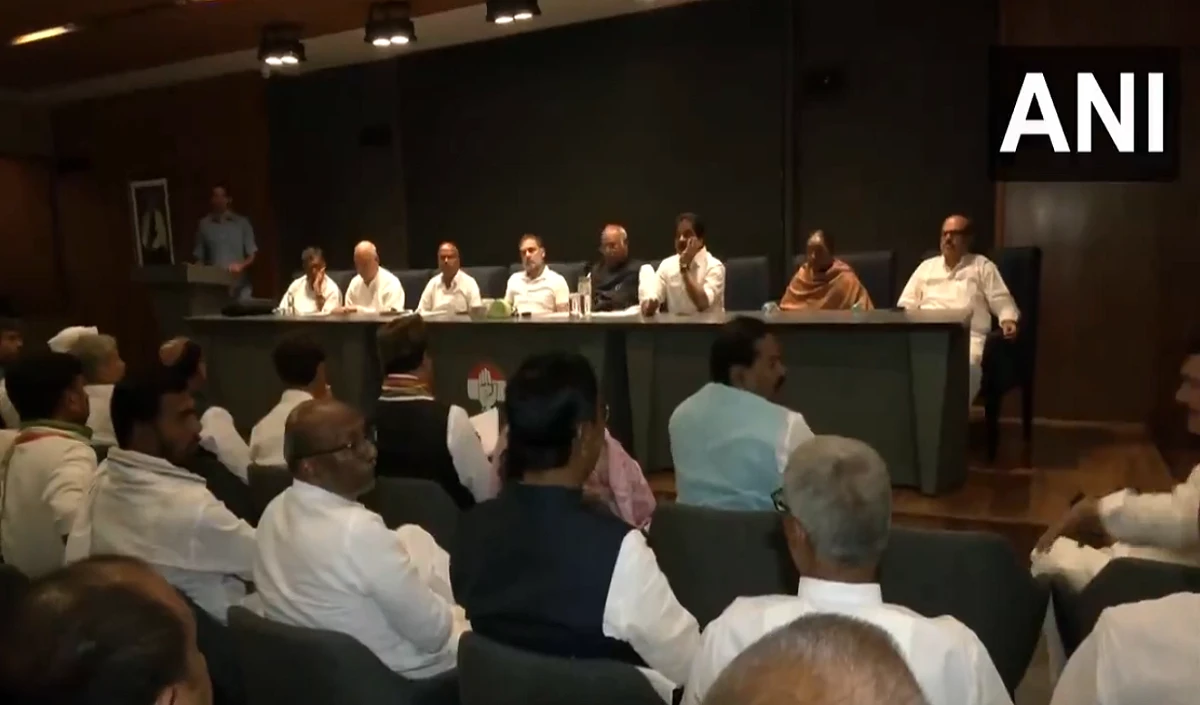Muhi al-Din Muhammad, commonly known by Aurangzeb’s title, was the sixth Mughal emperor. Which ruled from 1658 to 1707 till his death. During his reign, the Mughal Empire reached its greatest extent, whose area was spread throughout the entire Indian subcontinent. Aurangzeb is called the anti -Hindu ruler. Hindus, who somehow got accustomed to living during their initial rule with the Mughals, were deeply shocked when the rule went into the hands of the fundamentalist Aurangzeb of Islam.
Aurangzeb’s atrocities against non-Muslims
Regardless of how much leftist historians try to deny, atrocities against Hindus in India during Islamic rule are no secret. Like all his predecessors, the tyrannical Mughal ruler Aurangzeb, who is overwhelmed by the leftist-liberal ‘historians’ and intellectuals, killed countless Hindus and non-Muslims and looted and destroyed many Hindu temples, including the prestigious Kashi Vishwanath Temple in Varanasi, Kalaka Temple in Delhi and Ram Temple in Ayodhya.
What was Jizia?
April 2, April 2, is recorded with a unique event in aviation history. 2 April 1679 Mughal Emperor Aurangzeb re -imposed his Sultanate Hindus. This tax was finished by Akbar. Jizia or Jizia is a type of taxation on non-Muslim subjects of the state ruled by the Islamic Islamic law. Jijia is mentioned without specifying its rate or amount in the Quran and Hadith and Jizia’s application has been different during Islamic history. However, the scholars consent to a large extent that the early Muslim rulers adopted some of the existing systems of taxation and amended them according to the Islamic religious law.
After all, what is Jijia tax, why was it imposed on non -Muslims?
Historically, the Jizia tax in Islam is understood as a fee for the security provided by the Muslim ruler to non-Muslims, exemption from military service for non-Muslims, for permission to practice non-Muslim trust with some communal autonomy in Muslim state, and in the form of physical evidence of non-Muslim state and its laws. Most Muslim jurists stated the need to pay adults, independent, intelligent men among the Dhimma community, while women, children, the elderly, the disabled, the sick, crazy, monks, ascetics, slaves, and the Mustamins were exempted – non -Muslims who live only temporarily in Muslim land. However, some jurists, such as Ibn Hazam, described this as necessary. The Islamic rule allowed the Dhims to serve in Muslim forces. Those who wanted to join military service were also exempted from payment. Some Muslim scholars claim that some Islamic rulers gave exemption from Jijia who were unable to pay.
Aurangzeb’s open enmity against non-Muslims
This open enmity of Aurangzeb against non-Muslims unknowingly revived Hindu nationalism. Rebellion and royal repression began to appear clearly throughout the country. Aurangzeb was opposed not only by the Marathas and Marwar, but also by Chhatrasal in Bundelkhand, who had created their own states by then. The Jat revolt of 1669 took place under the same circumstances. Ahom of Assam was also in war with Aurangzeb’s army. Aurangzeb’s socio-economic policies, inspired by his fanaticism and religious fanaticism, gave rise to comprehensive rebellion and resistance against the Mughal rule and eventually contributed to the collapse of the empire.
Here is a an account of the secular Aurangzeb by RC Majumdar. Jizya was reimposed ‘with the object of spreading Islam and overthrowing infidel practices’. From Masir-I-Alamgiri by MSM Khan, but Ganga Jamuni types prefer @AudreyTruschke pic.twitter.com/kif0jJDItZ
– Sanjay Dixit Sanjay Dixit संजय दीक्षित (@sanjay_dixit) November 24, 2018



